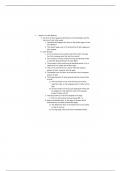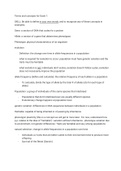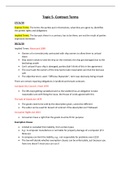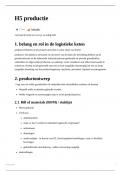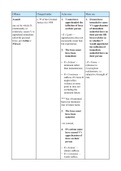A. The price of labor (wages) is determined in the marketplace just like
the price of most other goods
1. Individuals sell (supply) their labor at the market wage to firms
who demand it
2. That market wage arise at the intersection of labor supply and
labor demand
B. Labor Demand
1. A firm is willing to hire a worker when that worker increases
the firm’s revenues more than the firm’s ucosts
2. The increase in revenue created by hiring an additional worker
is called the Marginal Product of Labor (MPL).
3. The increase in costs from hiring an individual worker is, for a
competitive firm, simply the worker’s wage
4. Thus, a firm is willing to hire a worker when the marginal
product of labor is greater than the wage
5. The demand curve for labor can be derived from the marginal
product of labor
6. The marginal product of labor generally declines as more labor
is hired
a) The first worker a firm hires will focus on the most
important tasks, so the marginal product of labor will be
high
b) As more workers are hired, each subsequent worker will
be assigned to a less important task, so the marginal
product of labor will fall
7. How many workers a firm hires depends on the wage.
a) The firm will continue hiring as long as MPL > w
8. Many firms demand labor, so the wages of workers will be
determined by the market demand and supply
a) The demand for labor at the market level is very similar
to that of the firm
b) At a high wage, only a few firms will demand workers
, c) As the wage falls, more firms will demand workers, and
each firm will demand more workers
d) Thus, the market demand curve for labor is downward
sloping
C. Labor Supply
1. High wages encourage greater supply of labor
2. An increase in wages leads to a greater market supply of labor
for two reasons:
a) Some currently employed workers will likely work more as
the wage rises
b) The higher wages will attract workers from other
industries
3. Thus, the market supply curve is upward sloping
4. An individual however, may work less when the wage increases
5. With a higher wage, an individual may devote more time to
other activities, like leisure, rather than work
6. As such, an individual supply curve may not always be upward
sloping
D. Labor Market Equilibrium
1. Equilibrium in the labor market occurs at the intersection of
the market supply and demand curves from labor
2. A firm will hire workers whenever the marginal product of labor
exceeds the market wage (MPL > w)
3. Thus, at equilibrium in the labor market, the marginal product
of labor equals the market wage (MPL = w)
E. Wage differentials
1. Why is it that workers in the US typically earn more than
workers in other countries even when they do the same job?
2. One reason for this wage differential is that the US is a more
productive economy
a) US firms are typically operating with more physical
capital than firms in other countries
b) More importantly, US firms are often producing a more

